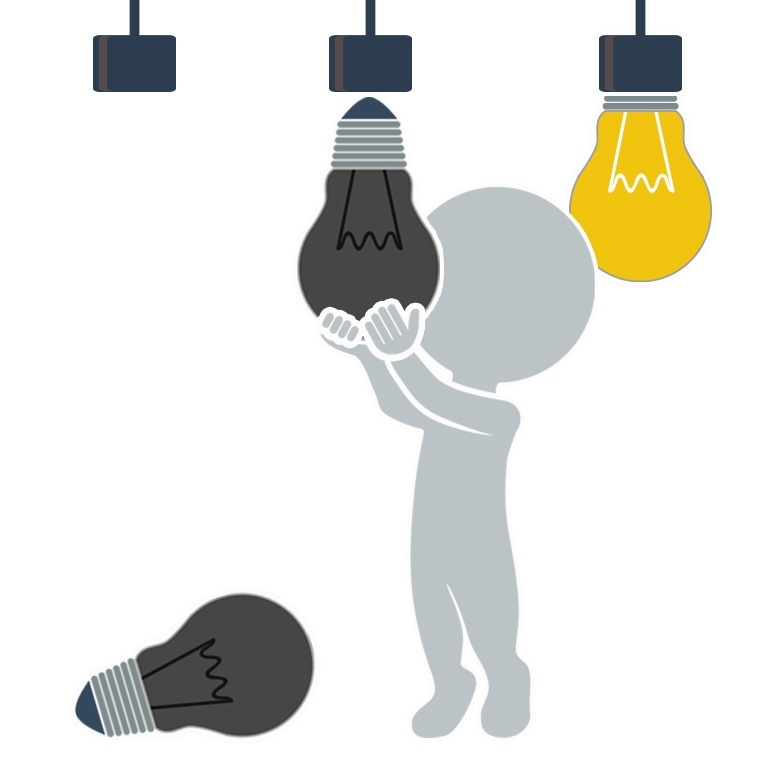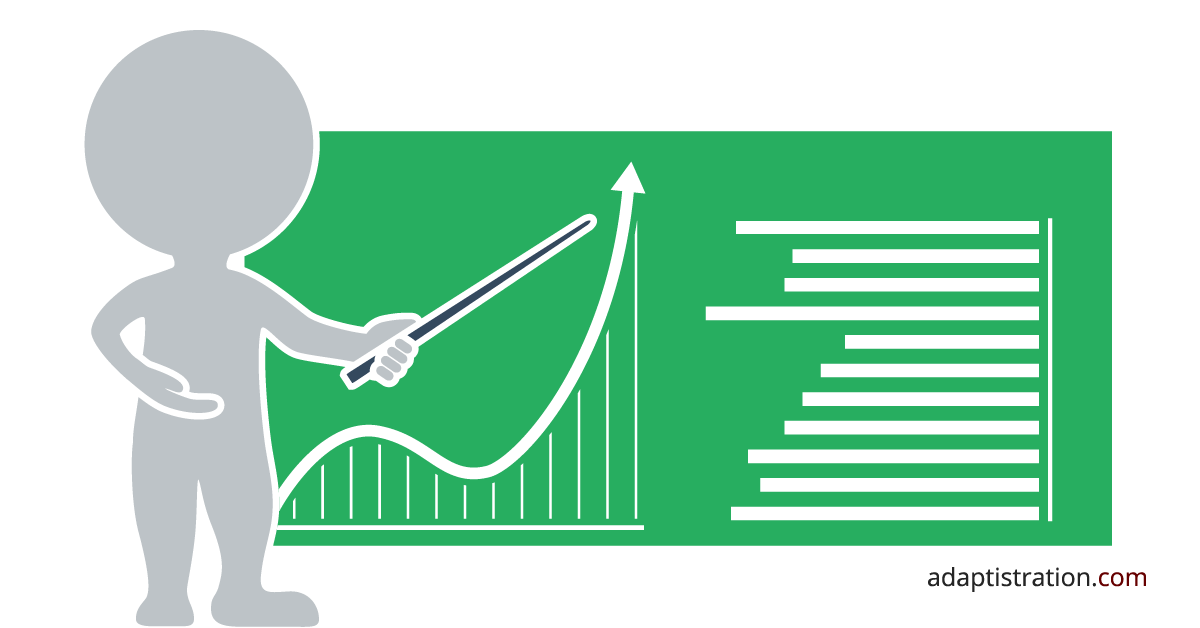This could be one of the most important studies in the next month that could help the arts and culture section get back up and running safely with live events sooner than later.
The University Medical Center Halle (Saale) have designed a series of live, indoor concert events to “research framework conditions under which such events can be carried out again despite the pandemic without endangering the population take risk.”
It sounds like a remarkably ambitious project but one they don’t appear to be walking into lightly.
Project RESTART-19 is designed and implemented by a multi-disciplinary effort that includes University Medicine Halle (Saale) – Department of Clinical Infectious Diseases and Institute for Medical Epidemiology, Biometry and Computer Science; SC DHfK Handball Leipzig, and the ZSL operating company of QUARTERBACK Immobilien ARENA Leipzig.
At the time this article was written, they have registered 1,002 of the 4,200 participants needed.
The Plan
The project includes three indoor concert event scenarios at the Quarterback Immobilien Arena:
Scenario 1 simulates an event with 4,000 visitors and an event sequence as before the pandemic started.
In scenario 2, 4000 visitors are also admitted to the QUARTERBACK Immobilien ARENA, but according to an optimized hygiene concept and significantly larger distances between the participants.
In scenario 3, a distance of 1.5 m [4.92 feet] is maintained on the bleachers. Only about 2,000 subjects are involved here. During the individual scenarios, [the performer] Tim Bendzko will give a concert in order to map the behavior of the audience as realistically as possible. The arrival and departure by tram is also simulated.
The project’s website provides a great deal of detailed information bout what they are investigating, security and safety measures, types of Corona tests provided, and the risks of participating in the study.
At the heart of the live event testing is rigorous contact tracing.
During the event, all participants will be equipped with a contact tracer. This constantly measures the distance to the other participants and records them. This makes it possible to measure the number of critical contacts of each individual participant. Using a special technique, these can also be assigned to specific locations (entrance, grandstand, foyer, etc.) and times. In this way, special risk moments and situations can be identified during a major event and the focal points for future hygiene concepts can be identified.
They are also measuring the impact of individual responsibility and effectiveness of specific protection measures.
At check-in on the day of the event, all subjects are given a respirator mask (FFP2 mask) and a bottle of hand disinfectant. Both must be used during the experiments. FFP2 masks are also used in clinics as part of personal protective equipment for the treatment of COVID-19 patients and prevent infection via droplets and aerosols.
[…]
Furthermore, all participants will be equipped with a fluorescent hand disinfectant. The participants are asked to regularly disinfect their hands. As a result, the agent also deposits on frequently touched surfaces, which can then be recognized by UV light. In this way, particularly dangerous surfaces can be identified, which can then be given special consideration in future hygiene concepts.
The project maintains an ambitious timeline with a goal of providing useful data to implement as soon as October 2020:
The RESTART-19 project is intended to identify possible framework conditions under which artists and athletes can play and perform again after September 30, 2020, without these events endangering the population. In addition, it should be examined which optimization processes and technical changes may be necessary in the event halls in order to minimize the risk.
Venue operators and cultural institutions alike should keep a close eye on the project and its results.


